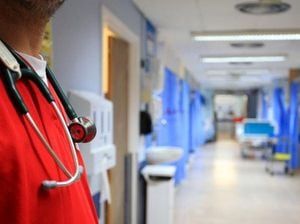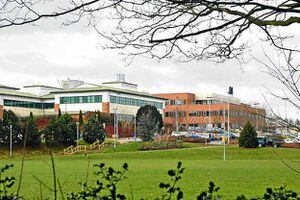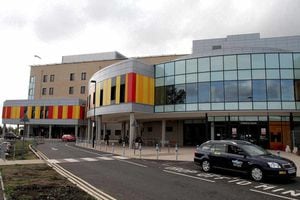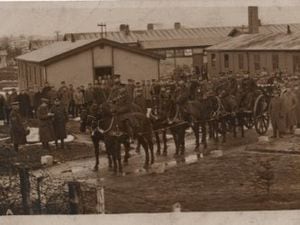Patient made to wait for 18 hours in Staffordshire A&E
A patient was made to wait for almost 18 hours in A&E at one of Staffordshire’s hospitals this month, new data shows.

The patient was forced to wait in the emergency department for a total of 1,075 minutes before being treated.
The average waiting time for a patient was 115 minutes while the lowest was just a minute.
The figures have been released as part of a Freedom of Information request to the University Hospitals of North Midlands (UHNM) NHS Trust, which runs both Stafford’s County Hospital and Royal Stoke Hospital.
It is unclear where the incident – which happened sometime between March 1 and 14 – happened.
It comes after an ‘extremely challenging’ winter for the health system in the county and beyond.

Chief executive of UHNM, Paula Clark, said it was ‘not acceptable’ for a patient to be waiting for such a long period of time before being treated.
“This winter has been extremely challenging for the health system in the North Midlands,” she said.
“Clearly it’s not acceptable for a patient to be waiting to be seen for that length of time, but our staff have worked incredibly hard throughout winter against a backdrop of unprecedented demand to treat the most seriously ill patients as quickly as possible.
“There were a number of factors that contributed to some new arrivals into A&E not being treated quickly, including high numbers of patients with influenza, an increase in the acuity of patients and the amount of medically fit for discharge patients throughout our hospitals.”
The Freedom of Information request was submitted by hospital campaigner and Stafford councillor Louise Nixon.

To cope with the increased demand during the winter period, the UHNM introduced addition ‘escalation’ beds and cancelled non-urgent surgery for the whole of January. Ms Clark added: “In order to help manage the situation we implemented a number of emergency measures beyond our original Winter Plan.
“These included opening an additional 189 escalation beds, the cancellation of non-urgent surgery for the whole of January to create additional capacity and cancelled outpatient appointments to release staff to care for inpatients.
“We have seen improved performance and we will be keen to use the lessons learned from our busiest ever winter.”





